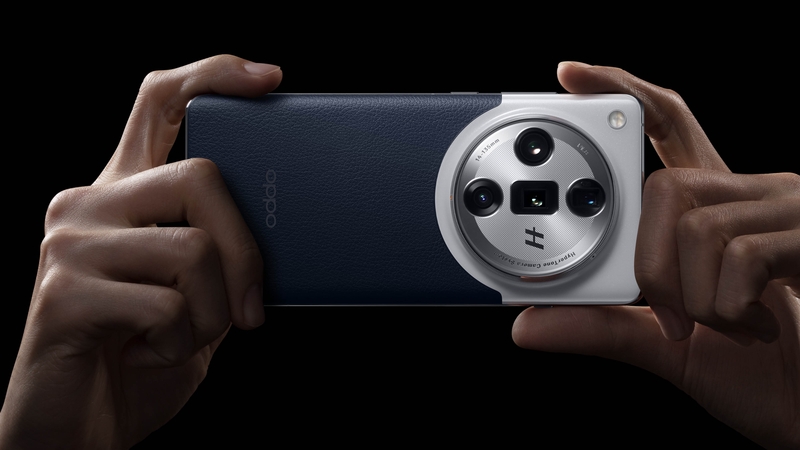How to Pick an Influencer
Now you know what makes a good influencer for you, it won’t be as difficult as you might think to find the right partners, especially if you’re using influencer marketing tools and databases.
Before you start your search, remember that choosing the right influencer involves understanding the types of creators available and evaluating their fit for your brand.
Types of Creators
Many different types of creators could make the right fit for your brand and their goals. These include:
Brand Ambassadors
Brand ambassadors are creators who establish a long-term partnership with a brand, consistently promoting it over time. This type of relationship helps in building sustained brand loyalty and authenticity. You’d expect to see the brand ambassador on the website, on other forms of marketing material, and potentially on their own social media accounts too.
TIP: To find brand ambassadors, use social listening tools to find creators who are already loyal brand customers. Win-win!
Canadian underwear and loungewear brand Knix uses brand ambassadors as a key component of its marketing strategy.
User-Generated Content (UGC) Creators
UGC creators focus on producing content that showcases your products in real-life scenarios. This type of content often feels more genuine and relatable to potential customers.
YouTubers
YouTube influencers can provide in-depth reviews, tutorials, or lifestyle content. Their longer format allows for storytelling and can suit detailed product demonstrations.
Evaluating Creators
Aside from the type of content an influencer creates, there are a few more checks you can make to close in on your shortlist.
-
Engagement Rate: High engagement rates are often more indicative of an influencer’s impact than sheer follower numbers. Look for meaningful interactions such as likes, comments, and shares relative to their follower count. You can use tools like Influence’s engagement rate calculator so you don’t need to do this manually.
-
Content Quality: Review the influencer’s content style, aesthetics, and consistency. Ensure their content aligns with your brand’s voice and image.
-
Past Partnerships: Examine the influencer’s previous collaborations. Positive past results often reflect their ability to deliver on campaign objectives, but you’ll also want to make sure there’s no conflict of interest if they’ve just worked with your biggest competitor.










